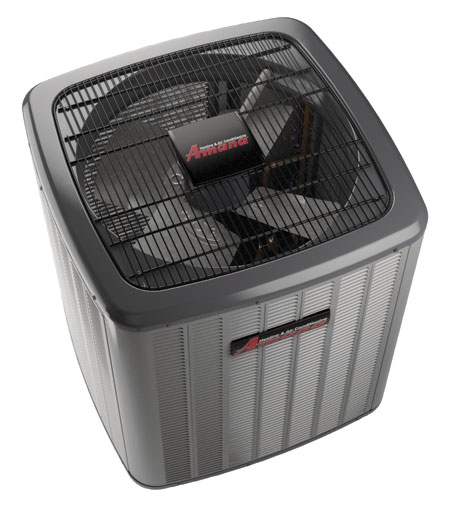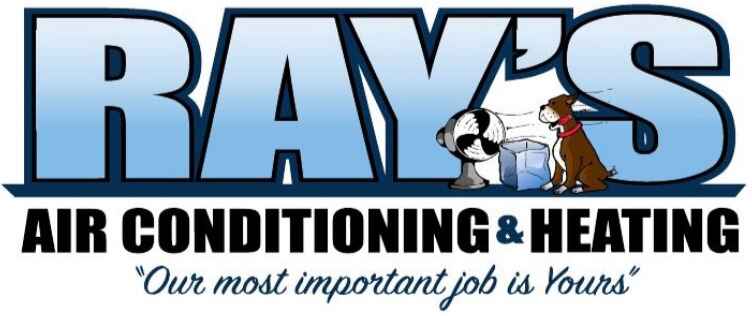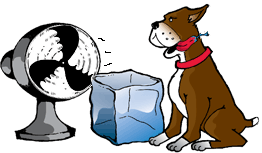How a Heat Pump Works
In the realm of indoor climate control, the air-source heat pump stands as a pinnacle of modern innovation, leveraging advanced technology and the principles of the refrigeration cycle to regulate the temperature of your home throughout the year. This versatile system not only keeps your living space cool during scorching summers but also provides efficient heating, even amidst the chilliest winters. Harnessing the heat energy present in the surrounding air, heat pumps offer an eco-friendly and cost-effective solution to indoor comfort. As a trusted provider in the Coachella Valley, CA, Ray’s Air Conditioning & Heating brings expertise and reliability to homeowners seeking optimal climate control solutions. Let’s delve into the intricacies of how these remarkable systems operate in both cooling and heating modes, exploring their components and functionalities along the way.
Heat Pumps
An air-source heat pump uses advanced technology and the refrigeration cycle to heat and cool your home. This allows a heat pump to provide year-round indoor comfort – no matter the season!
Heat Pump in Cooling Mode
In cooling mode, heat pumps maintain cool, comfortable temperatures while reducing humidity levels inside your home. Here’s how:
- Warm air from the inside of your house is pulled into duct-work by a motorized fan.
- A compressor circulates refrigerant between the indoor evaporator and outdoor condensing units.
- The warm air indoor air then travels to the air handler while refrigerant is pumped from the exterior condenser coil to the interior evaporator coil. The refrigerant absorbs the heat as it passes over the indoor air.
- This cooled and dehumidified air is then pushed through connecting indoor ducts to air vents throughout the home, lowering the interior temperature.
- The refrigeration cycle continues again, providing a consistent method to keep you cool.

Heat Pump in Heating Mode
For many years, heat pumps were reserved for locations that typically experience milder winters. However, advanced technology has enabled these systems to be used in areas with extended periods of cold temperatures. Here’s how:
- A heat pump can switches to heat mode by reversing the refrigeration cycle, making the outside coil function as the evaporator and the indoor coil as the condenser.
- The refrigerant flows through a closed system of refrigeration lines between the outdoor and the indoor unit.
- Although outdoor temperatures are cold, enough heat energy is absorbed from the outside air by the condenser coil and release inside by the evaporator coil.
- Air from the inside of your house is pulled into duct-work by a motorized fan.
- The refrigerant is pumped from the interior coil to the exterior coil, where it absorbs the heat from the air.
- This warmed air is then pushed through connecting ducts to air vents throughout the home, increasing the interior temperature.
- The refrigeration cycle continues again, providing a consistent method to keep you warm.
Parts of a Heat Pump
A typical air-source heat pump system is a split or two-part system that uses electricity as its power source. The system contains an outdoor unit that looks similar to an air conditioner and an indoor air handler. The heat pump works in conjunction with the air handler to distribute the warm or cool air to interior spaces. In addition to the electrical components and a fan, a heat pump system includes:
- Compressor – Moves the refrigerant through the system. Some heat pumps contain a scroll compressor. When compared to a piston compressor, scroll compressors are quieter, have a longer lifespan, and provide 10° to 15°F warmer air when in the heating mode.
- Control board – Controls whether the heat pump system should be in cooling, heating or defrost mode.
- Coils – The condenser and evaporating coil heat or cool the air depending on the directional flow of refrigerant.
- Refrigerant – The substance in the refrigeration lines that circulates through the indoor and outdoor unit.
- Reversing valves – Change the flow of refrigerant which determines if your interior space is cooled or heated.
- Thermostatic expansion valves – Regulate the flow of refrigerant just like a faucet valve regulates the flow of water.
- The accumulator – A reservoir that adjusts the refrigerant charge depending on seasonal needs.
- Refrigeration lines – Connect the inside and outside equipment.
- Heat strips – An electric heat element is used for auxiliary heat. This added component is used to add additional heat on cold days or to recover from lower set back temperatures rapidly.
- Duct-work – Serve as air tunnels to the various spaces inside your home.
- Thermostat or control system – Sets your desired temperature.

